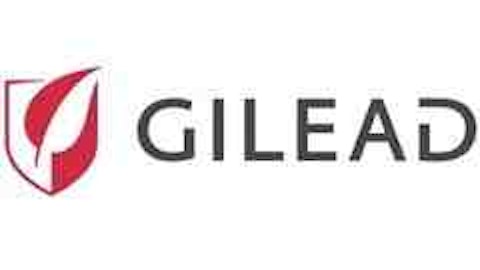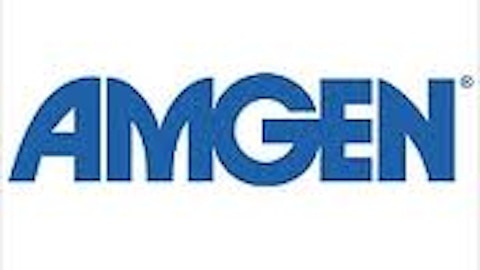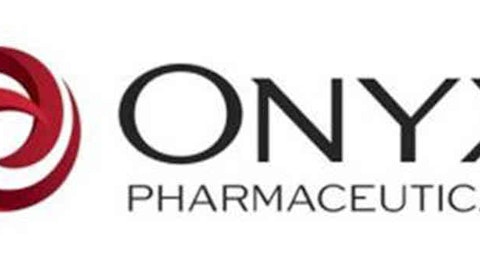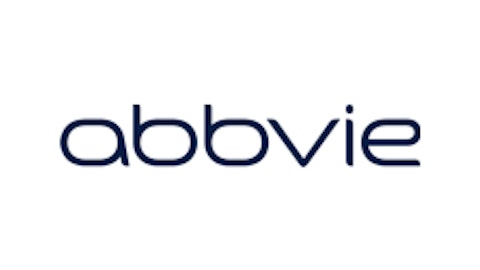
But does that necessarily mean companies, such as Amgen, Inc. (NASDAQ:AMGN), Gilead Sciences, Inc. (NASDAQ:GILD) and Mylan Inc. (NASDAQ:MYL), which are heavily involved in manufacturing and developing these products represent a strong consideration for investors? Do these businesses have the financial heft that it takes to bring new products, much less very experimental ones, to the market?
As is often the case with questions, pertaining to investments, there are no easy “yes” or “no” answers. There might be some glimmers of hope in the future of these companies; their revenues are growing. But there are also some cautionary hints. Among other things, their debt load seems troubling.
Too much debt and indications they are overpriced
Value investors demand quality, focusing on a company’s financial stability rather than upon its temporary price fluctuations. And they become particularly concerned if its numbers indicate a business has become overly leveraged, compromising its economic stability. Before they feel comfortable with it, they want a firm’s debt/equity ratio to be under one.
Amgen, Inc. (NASDAQ:AMGN) clearly does not meet those stringent standards. Its debt/equity ratio for the most recent quarter (the one ended on June 30) is hardly pristine: 122.58. And the fact that its long term debt has more than doubled between 2010 ($10.874 billion) and 2012 ($24.034 billion) might also raise eyebrows, as these figures could signify the company is becoming increasingly more leveraged.
Gilead Sciences, Inc. (NASDAQ:GILD)’s debt/equity ratio (for the most recent quarter) might be somewhat less troublesome than is Amgen, Inc. (NASDAQ:AMGN)’s, but at 76.96 it is hardly stellar. And as is the case with Amgen its long term debt grew considerably between 2010 and 2012 – from $2.839 billion to $7.055 billion.
Mylan Inc. (NASDAQ:MYL) also has a debt/equity ratio (for the most recent quarter) which sends up strong warning signs: 217.08. However, its long term debt has not increased between 2010 and 2012 to the same degree as did the debt accumulated by either Amgen, Inc. (NASDAQ:AMGN) or Mylan Inc. (NASDAQ:MYL). In fact, it remained relatively static between 2010 ($5.263 billion) and 2012 ($5.337 billion).
In determining its book value, the depreciation a company has accumulated is subtracted from its net asset value. Comparing a firm’s book value to its market value (its price/book ratio) can help to determine if it is overpriced. Taking this reasoning into account, value investors set a high confidence level: a price/ book value less than one. Amgen, Inc. (NASDAQ:AMGN), Gilead Sciences, Inc. (NASDAQ:GILD) and Mylan Inc. (NASDAQ:MYL) do not come close to meeting this gold standard. For the most recent quarter, they posted these price to book ratios: Amgen 4.03, Mylan 4.29, Gilead 8.74.
To put any of this into perspective, the comparable statistic for Bank of America is an impressively low .71. So, the numbers that value investors are seeking – a price to book ratio of less than one – are not necessarily unobtainable. Granted, it might be stretching a point to compare the figures posted by a long-established financial institution, such as the Bank of America, with those posted by evolving pharmaceutical companies – Amgen, Inc. (NASDAQ:AMGN), Mylan Inc. (NASDAQ:MYL) and Gilead Sciences, Inc. (NASDAQ:GILD). Their circumstances are obviously not the same. But differences in fundamentals that glaring cannot safely be ignored.
A Foolish conclusion
The list of pharmaceuticals that Amgen, Mylan and Gilead Sciences, Inc. (NASDAQ:GILD) have in their pipelines or are currently marketing is impressive. Amgen, for example, is developing medications designed to treat everything from psoriasis to gastric cancer. Any one of the medications these firms are evolving could eventually turn out to be a blockbuster, bringing in billions annually.
Yet, their numbers do not add up to making them a great buy. They have more debt than their equity can safely handle. And their long term debt, as measured over the last two years seems to be increasing, a sign their financial situation might not be improving with time. Another strong concern: their price to price/book ratios stand above “safe levels,” a possible indication that these stocks are overpriced and could be facing a tumble.
It might be reassuring to figure that Amgen, Gilead Sciences, Inc. (NASDAQ:GILD) and Mylan Inc. (NASDAQ:MYL) could offer investors the best of both worlds: sustained profitability plus a chance to invest in products that could save lives. But their numbers indicate that they might not represent that rare mix.
The article Great Pipelines, Unimpressive Fundamentals originally appeared on Fool.com and is written by Harriet Tramer.
Harriet Tramer Tramer has no position in any stocks mentioned. The Motley Fool recommends Gilead Sciences (NASDAQ:GILD). Harriet is a member of The Motley Fool Blog Network — entries represent the personal opinion of the blogger and are not formally edited.
Copyright © 1995 – 2013 The Motley Fool, LLC. All rights reserved. The Motley Fool has a disclosure policy.




